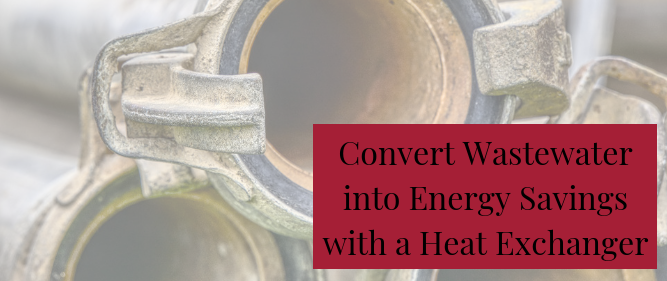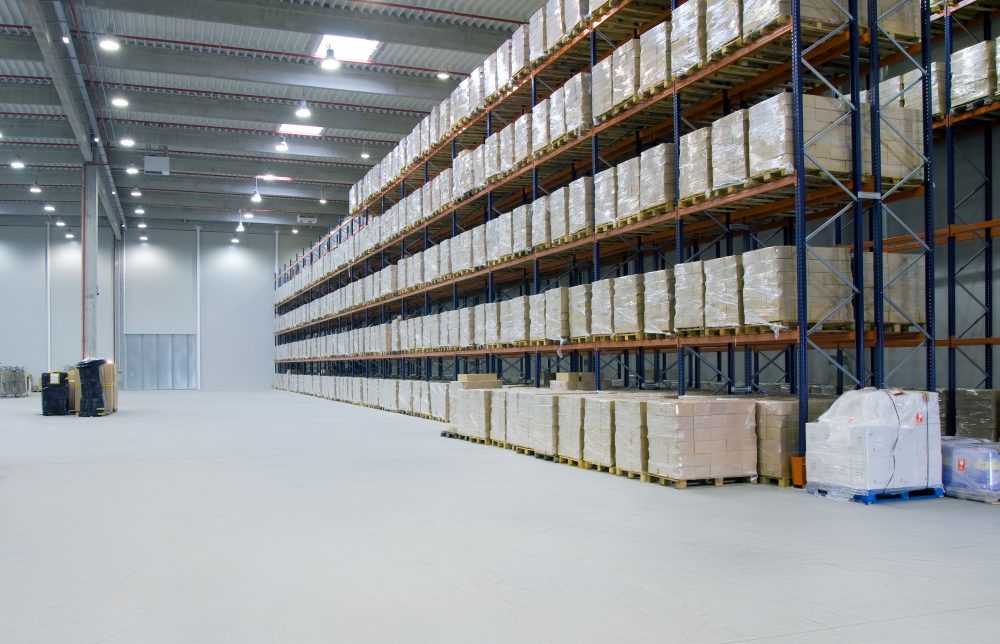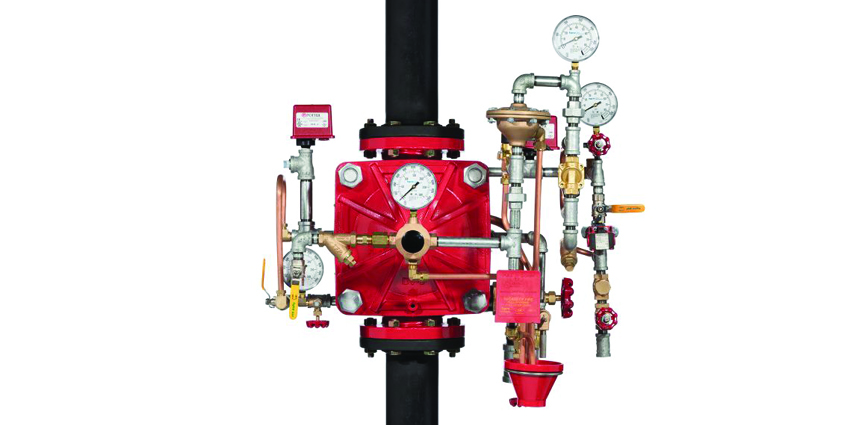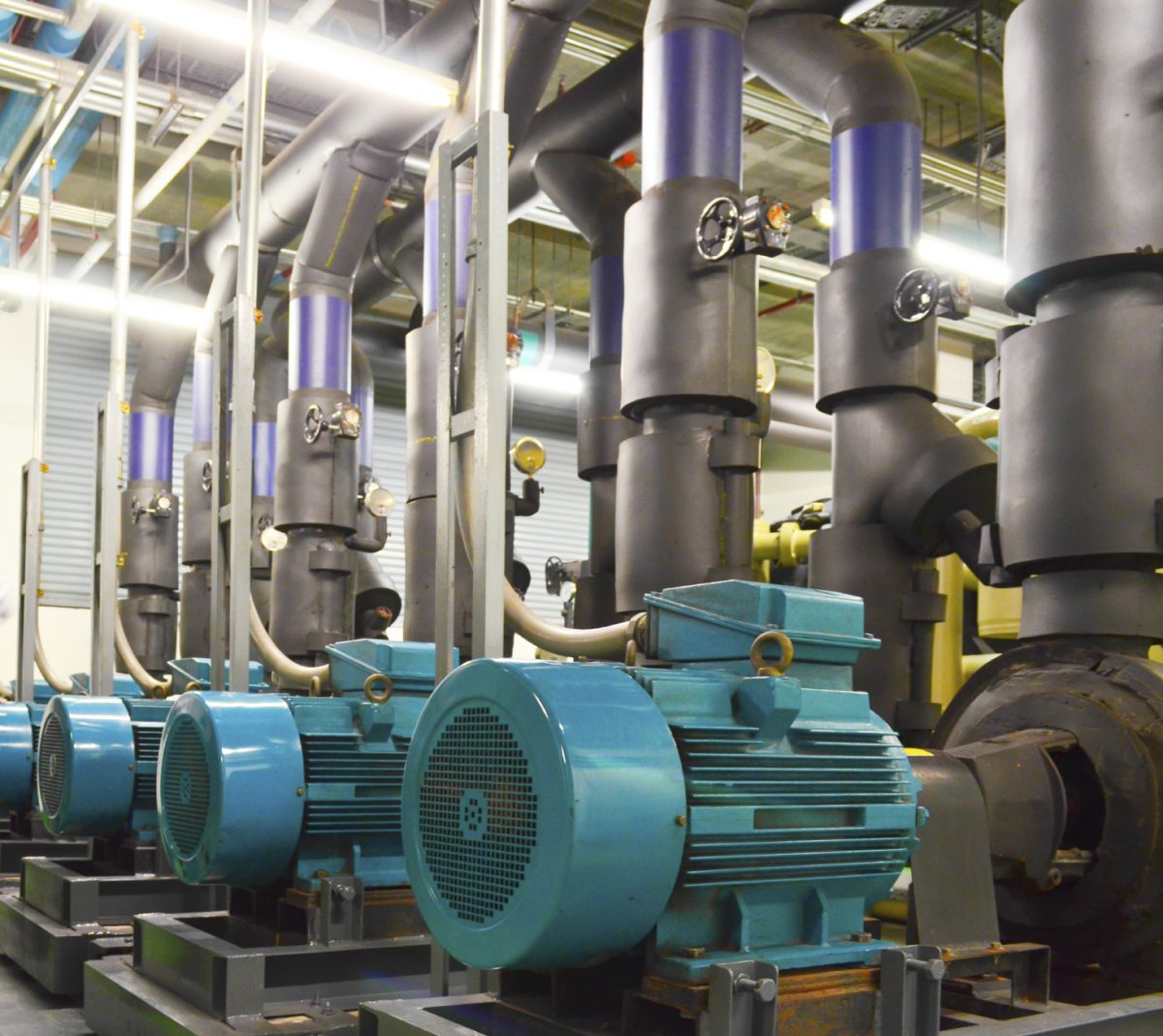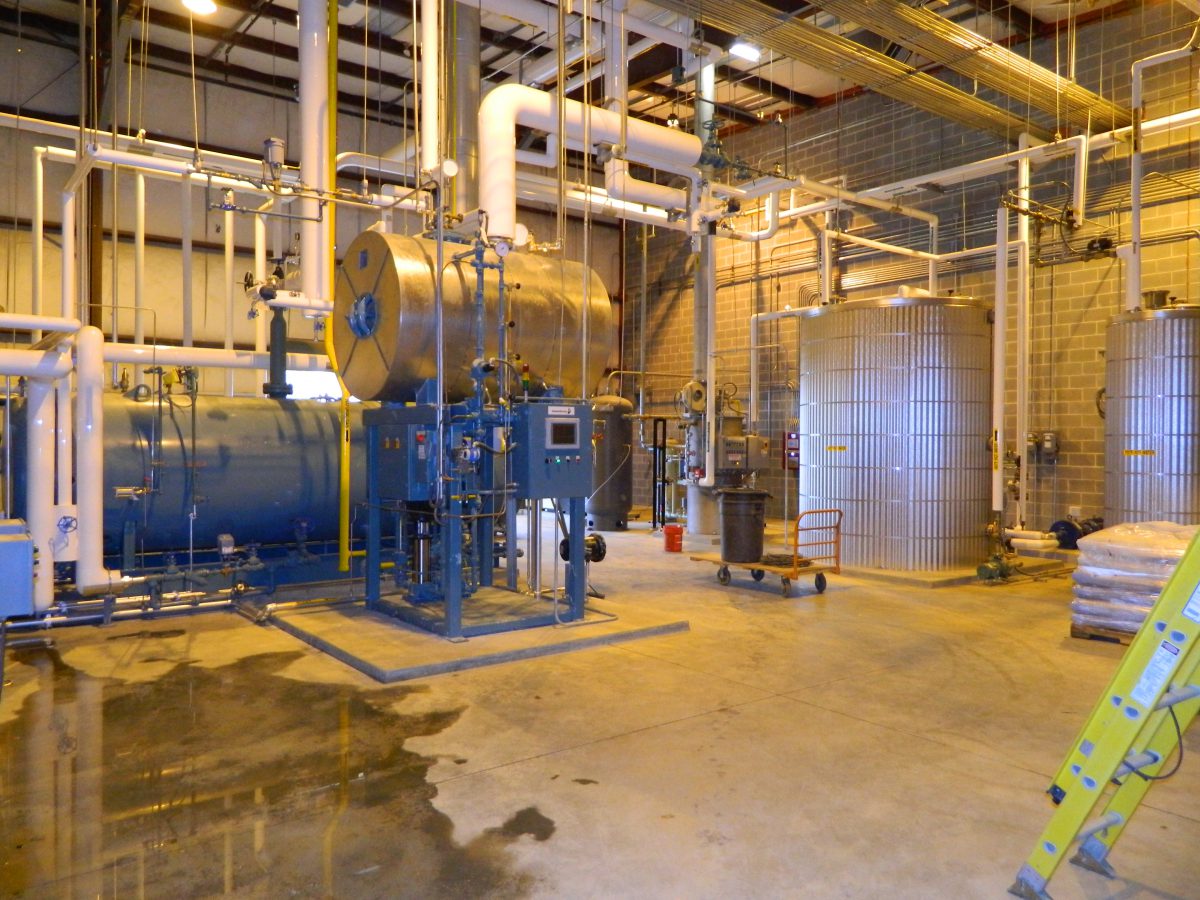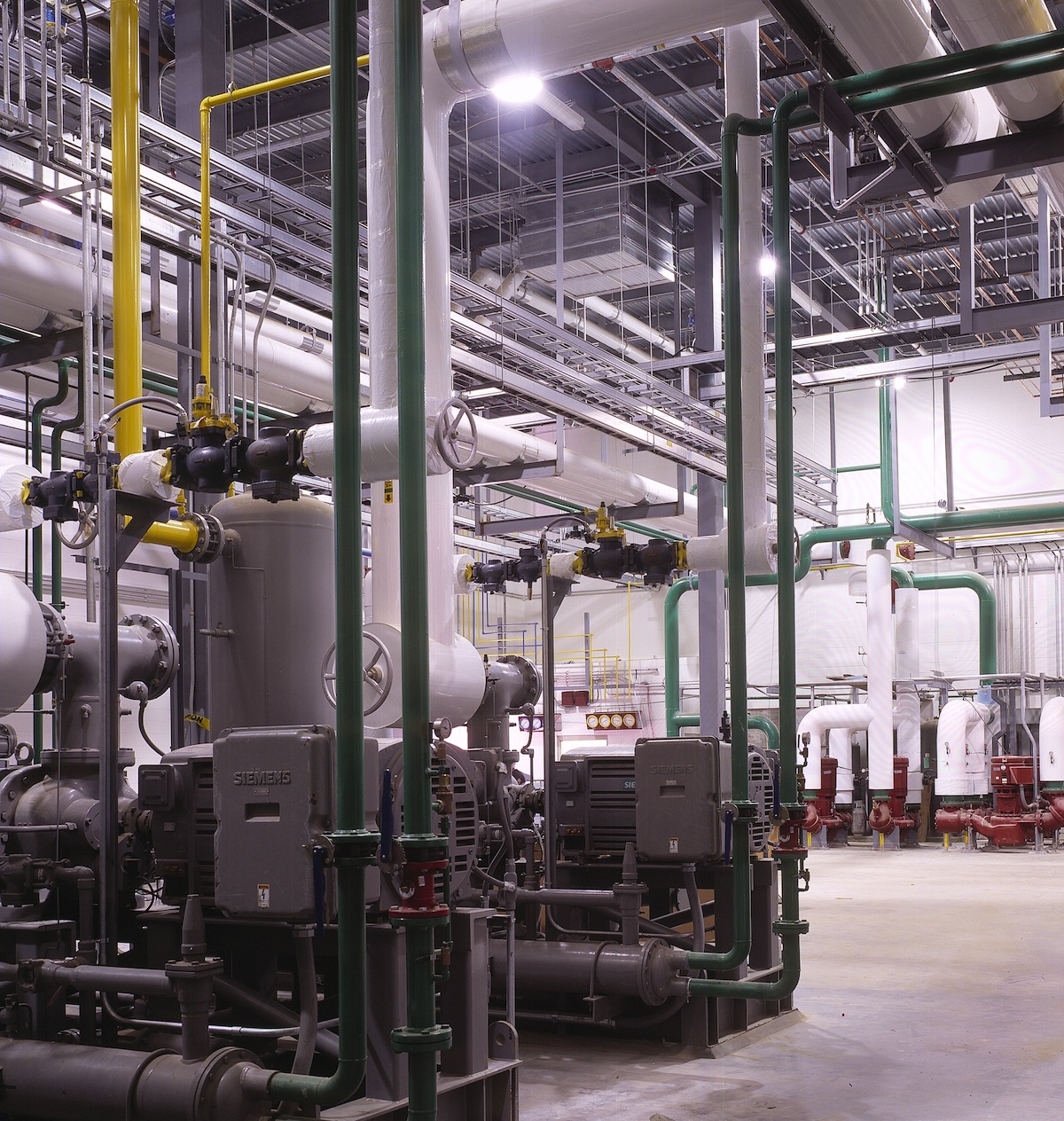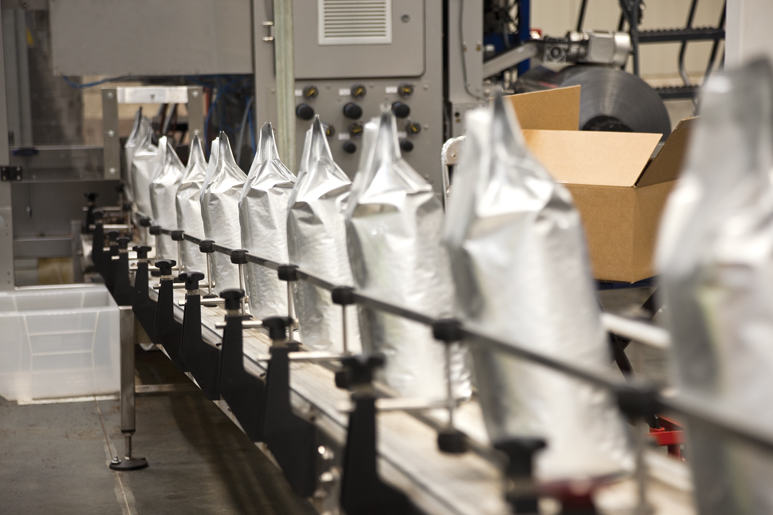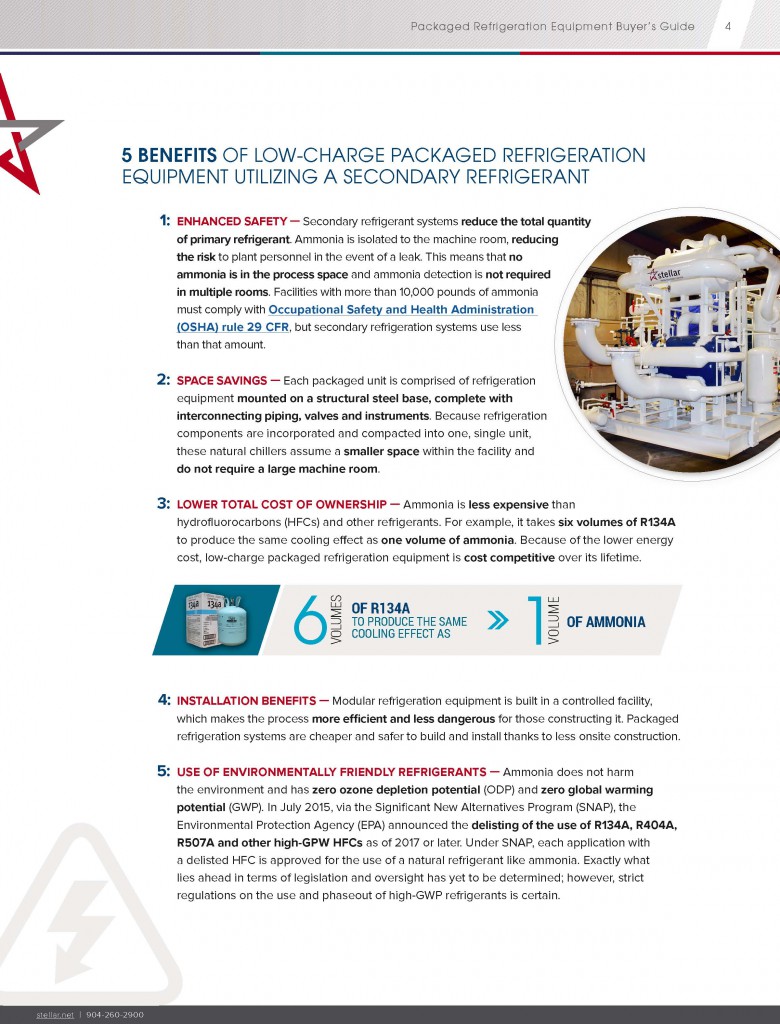Convert Wastewater into Energy Savings with a Heat Exchanger
Facilities that produce canned goods use steam and water during the canning process. But some of them are flushing potential energy savings down the drain — literally. Whether your plant manufactures canned tuna, beans or vegetables, a heat exchanger could help cut energy costs with little upfront investment.
Continue Reading “Convert Wastewater into Energy Savings with a Heat Exchanger”



